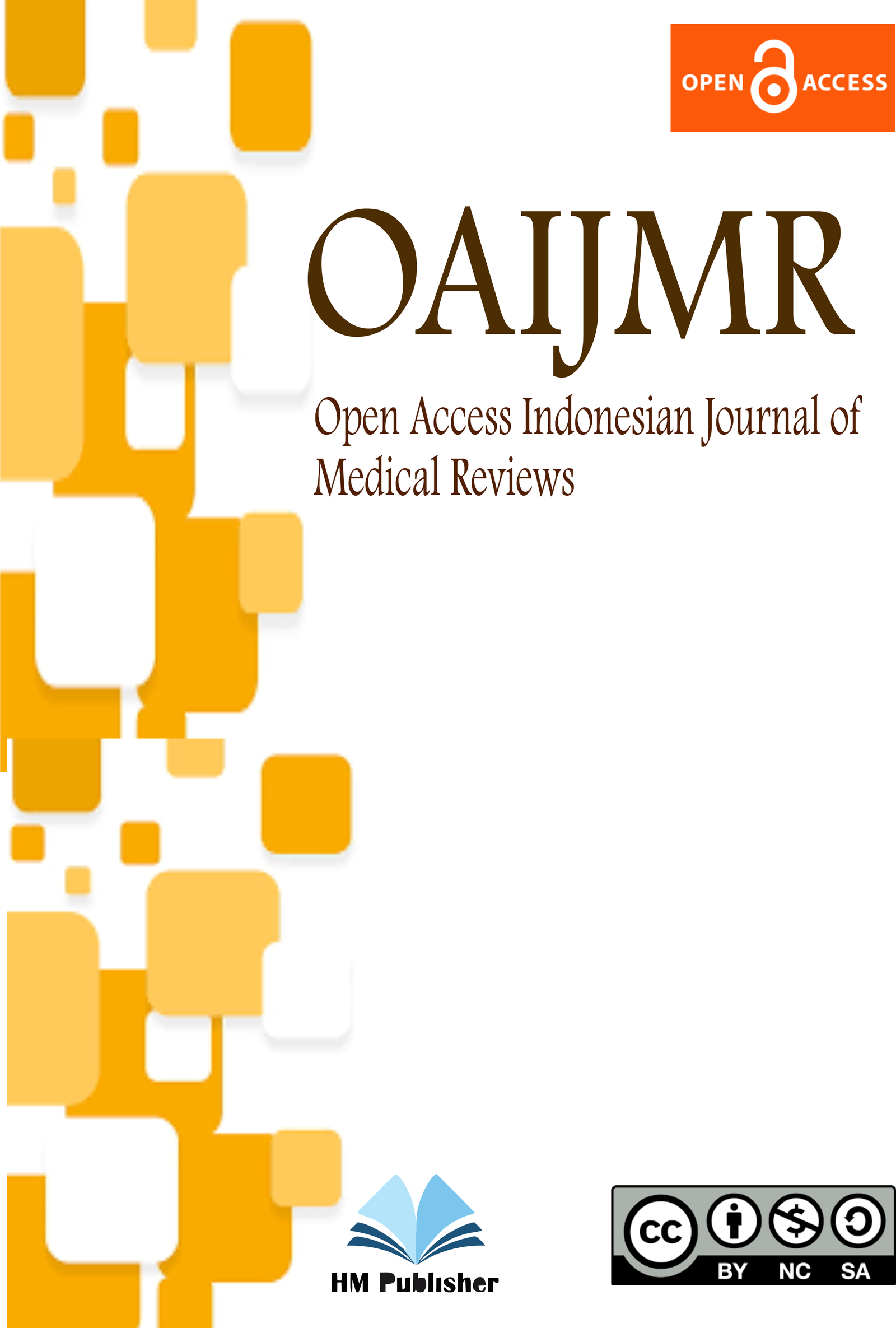Main Article Content
Abstract
The coexistence of pregnancy and uterine leiomyomas is common, but the presence of a giant myoma (>10 cm) presents profound diagnostic and therapeutic challenges. These cases carry significant risks of maternal and fetal morbidity, including compressive symptoms, preterm labor, and malpresentation. Management strategies are contentious, often balancing the high risks of antenatal myomectomy against the uncertainties of conservative observation. We present the case of a 24-year-old primigravida at 25 weeks of gestation with a giant, partially degenerated uterine leiomyoma measuring 26.9 x 18.7 x 24.7 cm. The patient presented with significant abdominal distension, pain, and imaging findings of moderate right-sided hydroureteronephrosis. The sheer size of the mass displaced the uterus and induced a stable transverse lie of the fetus. Despite the considerable risks and the suggestion of potential malignant degeneration on initial MRI, which was later considered less likely, the patient, after extensive multidisciplinary counseling, opted for conservative management with the goal of reaching fetal viability. The pregnancy was closely monitored with serial ultrasonography and clinical evaluation. In conclusion, this case demonstrates that expectant management, even in the face of a giant, symptomatic uterine myoma causing significant anatomical distortion and organ compression, can be a viable strategy. Through meticulous multidisciplinary surveillance and patient-centered decision-making, a successful neonatal outcome was achieved. This report underscores the importance of individualized care plans and highlights the potential for conservative management to succeed in extraordinary clinical scenarios.
Keywords
Article Details
Open Access Indonesian Journal of Medical Reviews (OAIJMR) allow the author(s) to hold the copyright without restrictions and allow the author(s) to retain publishing rights without restrictions, also the owner of the commercial rights to the article is the author.





